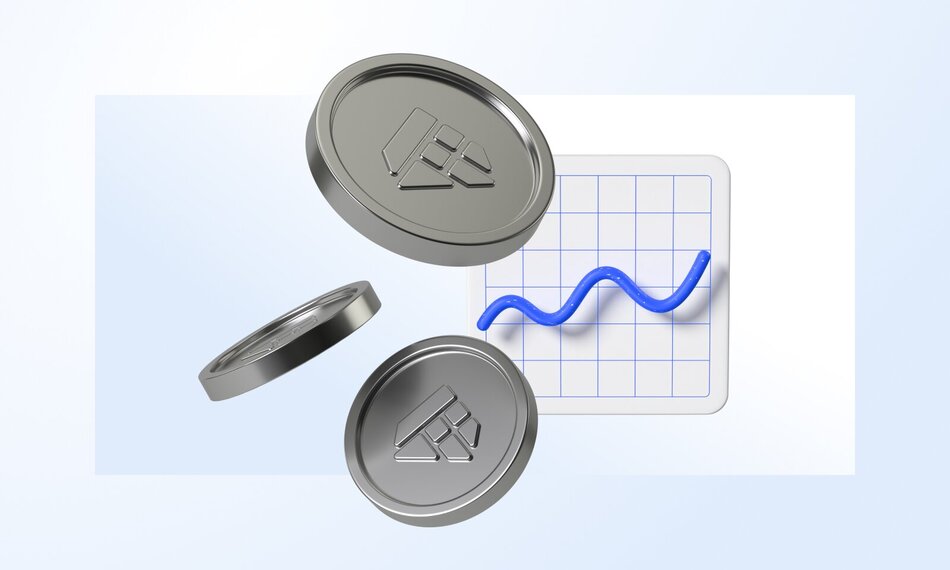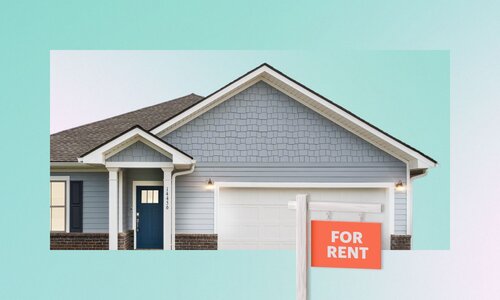Environmental catastrophes can pose significant risks to your property and belongings, from wildfires to earthquakes and hurricanes. Does home insurance cover natural disasters and provide a safety net in the face of such an event? The answer may surprise you.
What Does Homeowners Insurance Cover?
Homeowners insurance provides financial protection for your home and its contents against damage, theft, liability, and certain natural disasters, helping you recover from unexpected losses and expenses. Homeowners insurance typically covers a range of risks that your home, including:
- Dwelling coverage: Protects the structure of your home against damage from covered perils, such as fire, windstorms, vandalism, and more.
- Other structures: Coverage extends to structures on your property that are not part of your main dwelling, such as garages, sheds, and fences.
- Personal property coverage: Homeowners insurance can reimburse you for the value of your personal belongings if they’re damaged or stolen from your home.
- Liability protection: If someone is injured on your property and sues you, liability coverage can help with legal expenses and potential settlements.
- Additional living expenses: If your home becomes uninhabitable due to a covered peril, this coverage can pay for temporary housing and other related costs.
- Medical payments: This coverage helps pay medical bills if someone is injured on your property, regardless of who’s at fault.
When it comes to natural disasters, the coverage can be more nuanced. While homeowners insurance typically covers damage caused by fire, hail, lightning, and windstorms, some natural disasters might not be included in a standard homeowners insurance policy. This is where the distinction between “covered perils” and specific disasters becomes crucial. Typically, events like earthquakes, floods, and hurricanes might require additional coverage, as they’re considered high risk. Understanding your policy’s details and potential exclusions is essential to ensure you have the appropriate coverage for the specific risks your area might face.
Types of Homeowners Insurance
There are several types of house insurance. Each varies in terms of the coverage it offers and the perils it protects against. Choosing the one that aligns with your specific needs and circumstances is important. The basic types of coverage include:
- HO-1 (basic form): Provides limited coverage for specific perils like fire, lightning, and vandalism.
- HO-2 (broad form): Covers a broader range of perils, including falling objects or damage from the weight of ice and snow.
- HO-3 (special form): This type of homeowners insurance covers the most common perils.
- HO-4 (renter’s insurance): Covers personal property and liability for renters, but not the physical structure.
- HO-5 (comprehensive form): This policy offers more extensive coverage for dwelling and personal property, often called “open perils” coverage.
- HO-6 (condo insurance): Covers personal property and the interior of a condominium unit, as well as liability.
- HO-7 (mobile home form): Similar to HO-3, but designed for mobile or manufactured homes.
- HO-8 (older home form): This form is intended for older homes where the replacement cost may exceed the market value.
What are Insurance Deductibles?
Insurance deductibles are the predetermined amount of money you, as the policyholder, must pay out of pocket before your insurance coverage kicks in to cover the remaining costs of an insurance claim. For instance, if you have a $1,000 deductible and experience damage to your home due to a tornado, you would need to cover the initial $1,000 in repair costs before your homeowners insurance starts covering the remaining expenses.
Deductibles share the financial burden between the policyholder and the insurance company. Opting for a higher deductible often results in lower insurance premiums, while a lower deductible comes with higher premiums. It is essential to choose a deductible amount that aligns with your financial comfort level and the potential costs you may face in case of a natural disaster or other covered event.
Which Natural Disasters are Covered by Homeowners Insurance?
Homeowners insurance is designed to provide financial protection against a range of natural disasters.
Tornadoes
Homeowners insurance typically covers damage caused by tornadoes, including structural damage to your home and other structures on your property. It also extends coverage to your personal belongings.
Hurricanes
Similar to tornadoes, homeowners insurance generally covers damages caused by hurricanes, including wind, rain, and damage from flying debris. However, flood damage from storm surges or heavy rains might require separate flood insurance.
Fire
Homeowners insurance covers fire damage, which can include repairing or rebuilding your home’s structure and replacing your personal belongings that were destroyed or damaged by the fire.
Explosion
If an explosion occurs on your property or within your home, homeowners insurance typically covers the damages resulting from the explosion, including structural and personal property damage.
Lightning
Lightning strikes can lead to fires or electrical damage. Homeowners insurance usually covers damage caused by lightning, including repairing or replacing damaged electrical systems and appliances.
Volcanoes
While volcanic eruptions are rare in some areas, homeowners insurance can cover damage caused by volcanic activity, such as ash damage to your home or property.
Extreme cold
Freezing temperatures can cause pipes to burst, causing water damage to your home. Homeowners insurance may cover the cost of repairing the damage and replacing damaged belongings.
Which Natural Disasters Are Not Covered?
While homeowners insurance covers a variety of natural disasters, it’s important to note that certain events are typically not covered by standard policies. It’s important to assess your area’s risk for these events and consider purchasing additional insurance coverage if you live in an area prone to any of these excluded disasters. Reviewing your policy and discussing your options with your insurance agent can help ensure you have the right protection for your needs. You may also want to look through resources at the Insurance Information Institute (III), a non-profit organization that provides educational resources and information about insurance to the public.
Some of the natural disasters typically not included in standard home insurance:
Floods
Damage from flooding, whether caused by heavy rains, overflowing rivers, or other water sources, is generally not covered by standard homeowners policies. You’ll need a separate flood insurance policy to safeguard your home from flood-related harm. You can get flood insurance through government programs, such as the National Flood Insurance Program (NFIP), managed by FEMA (The Federal Emergency Management Agency), or private insurers.
Earthquakes
Earthquake insurance is typically a separate policy. Standard property insurance doesn’t provide earthquake coverage or reimbursement for damage caused by earthquakes, including structural damage and loss of belongings.
Tsunami
Similar to earthquakes, tsunamis are typically excluded from standard homeowners insurance coverage due to their specific nature and potential for widespread damage.
Nuclear event
Homeowners insurance policies typically do not cover damage caused by nuclear events, including radiation or explosions, which have the potential to cause varying degrees of harm or property damage.
Sinkholes
While some policies may cover catastrophic ground collapse, sinkholes that develop gradually might not be covered.
What if Your Home Experiences Damage From a Natural Disaster?
Experiencing damage to your home from a natural disaster can be overwhelming, but taking immediate and organized steps can help you navigate the recovery process effectively.
- Ensure safety: Prioritize safety. If there’s an immediate threat, evacuate the premises and seek shelter in a safe location.
- Contact authorities: If necessary, contact emergency services or relevant authorities to report the incident and seek assistance.
- Document damage: As soon as it’s safe to do so, document the damage to your property by taking photos or videos. Make a thorough record of the destruction caused by the natural disaster.
- Contact your insurance provider: Contact your insurance provider as soon as possible to report the damage. Provide them with accurate and detailed information about the extent of the damage. They will guide you through the claims process.
- Mitigate further damage: If it’s safe, prevent further damage to your property. This could include covering exposed areas, shutting off utilities, or boarding up windows.
- Keep records: Maintain records of all communication with your insurance company, including dates, times, and the names of representatives you speak with. This can be useful for tracking progress and ensuring your claim is handled correctly.
- Wait for an adjuster: Your insurance company will send an adjuster to assess the damage. Be prepared to show them the documentation you’ve gathered, and make sure to get a copy of their assessment.
- Get estimates: Obtain repair estimates from qualified contractors. Your insurance company may require multiple estimates before approving repairs.
- Review policy: Review your homeowners insurance policy to understand the coverage limits and deductibles that apply to the specific types of damage you’ve experienced.
- File claim: Once you’ve gathered all necessary information and documentation, file a claim with your insurer. Provide them with the required forms and information to initiate the claims process.
- Wait for approval: Your insurer will review your claim and determine the coverage and compensation you’re entitled to. Be patient during this process, as it may take some time.
- Begin repairs: Once your claim is approved, you can start the repair and restoration process.
- Keep records: Record all repair expenses, invoices, and receipts. This will be important when submitting reimbursement requests to your insurance company.
- Follow up: Stay in touch with your insurance provider throughout the repair process. If you encounter any challenges or delays, communicate these issues promptly.
Remember that every situation is unique, and the steps you take may vary based on the nature and the extent of the damage. Open communication with your insurance provider and staying organized can help streamline recovery.









